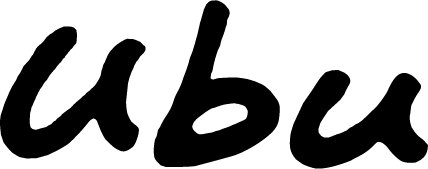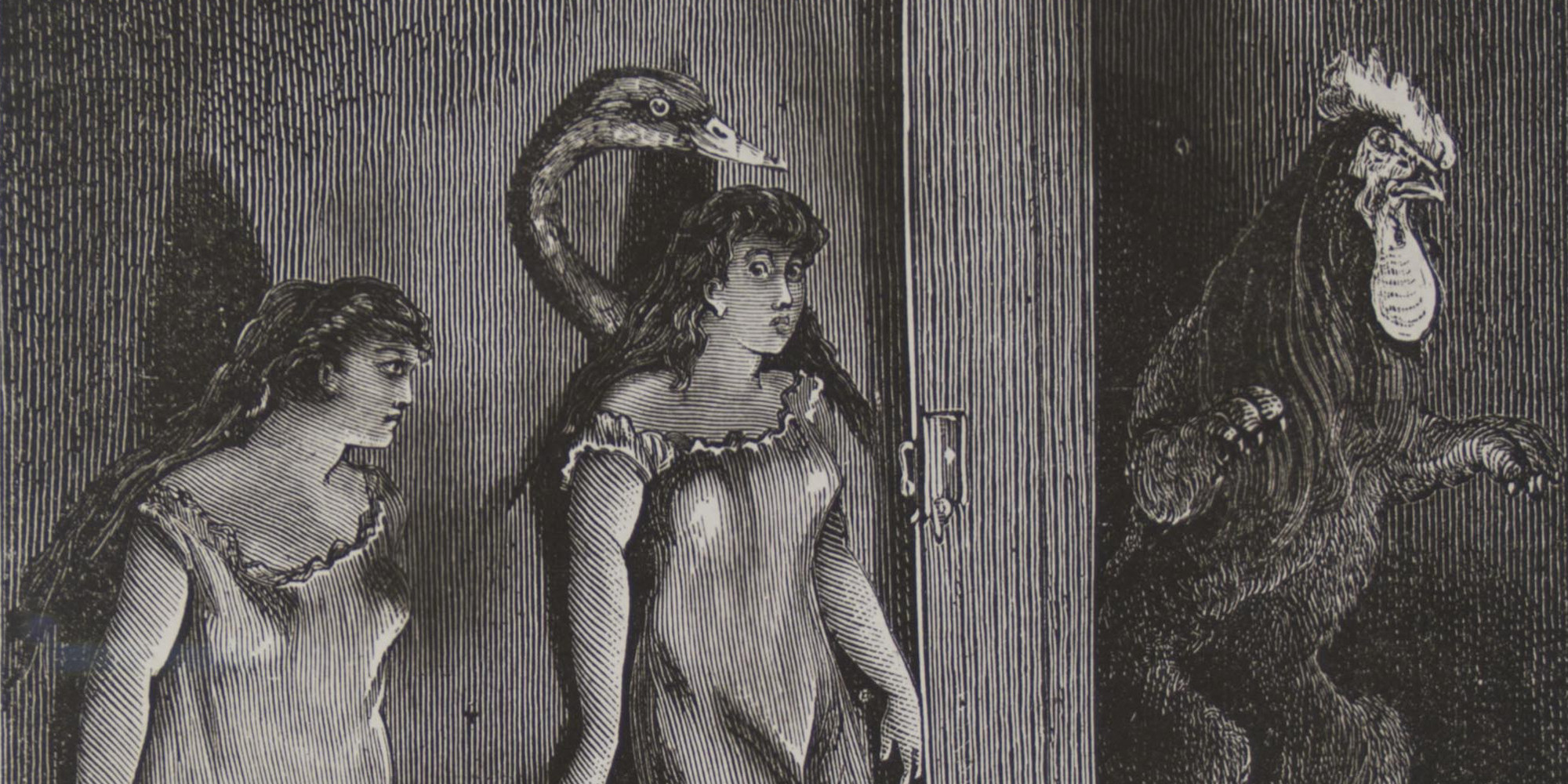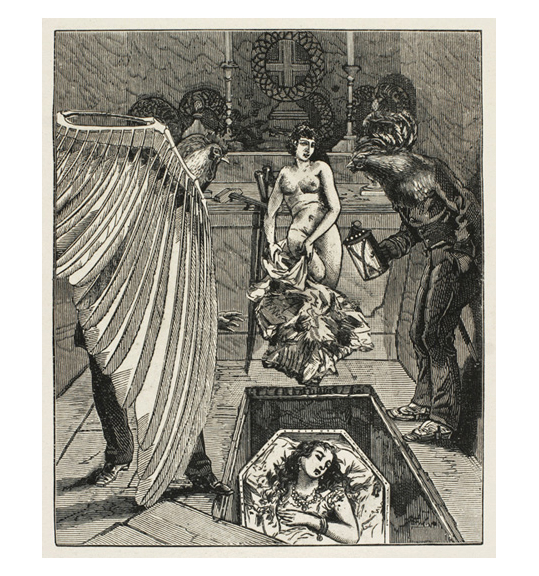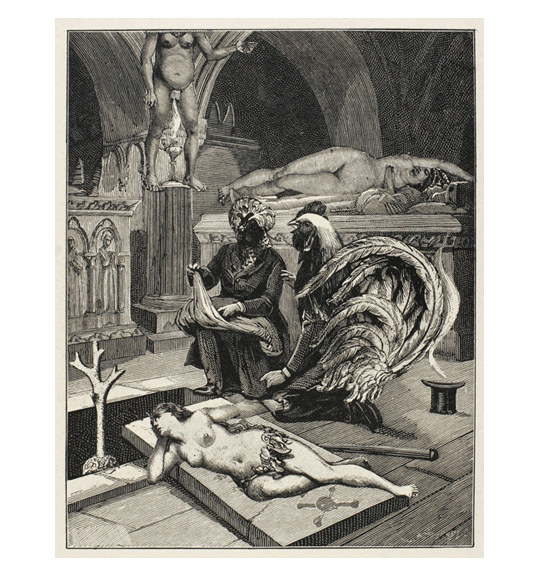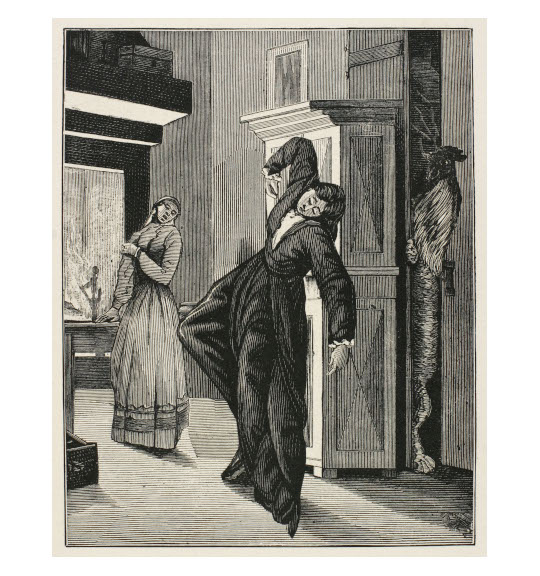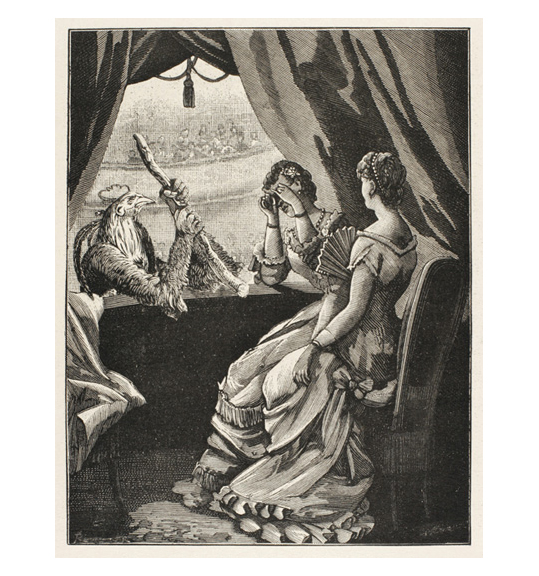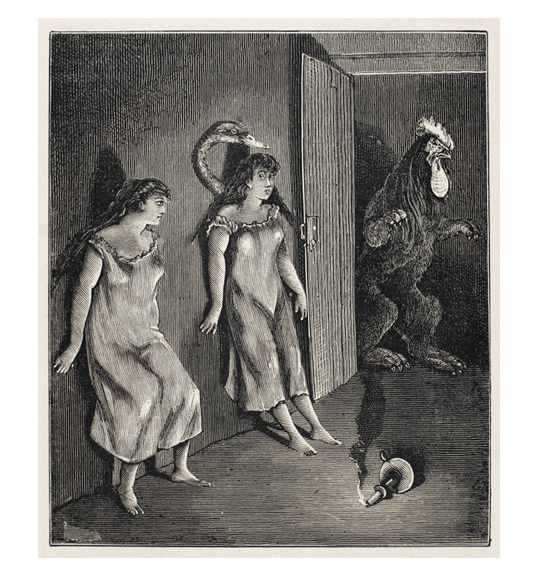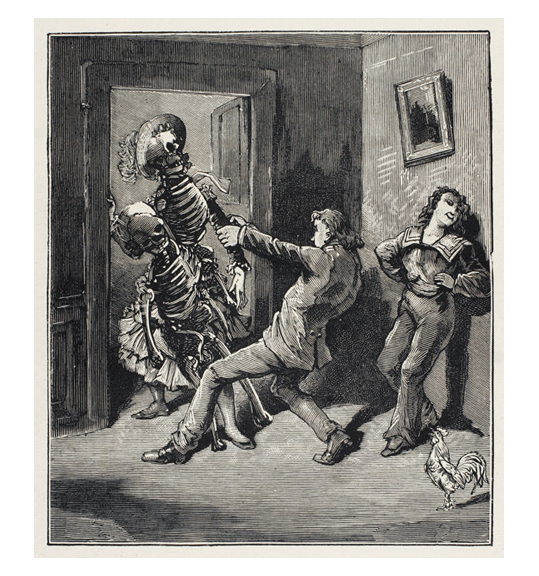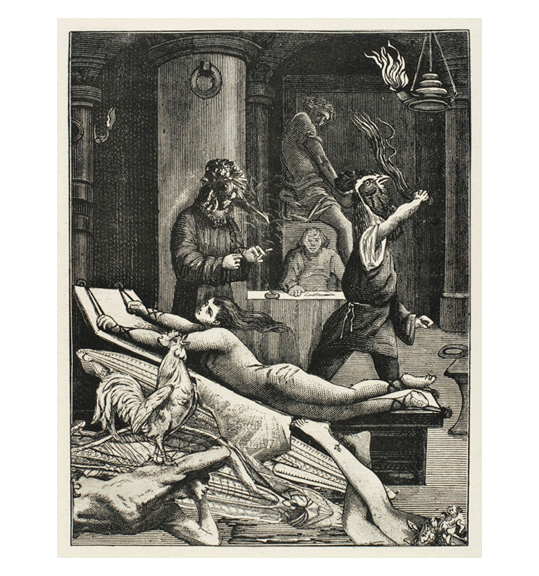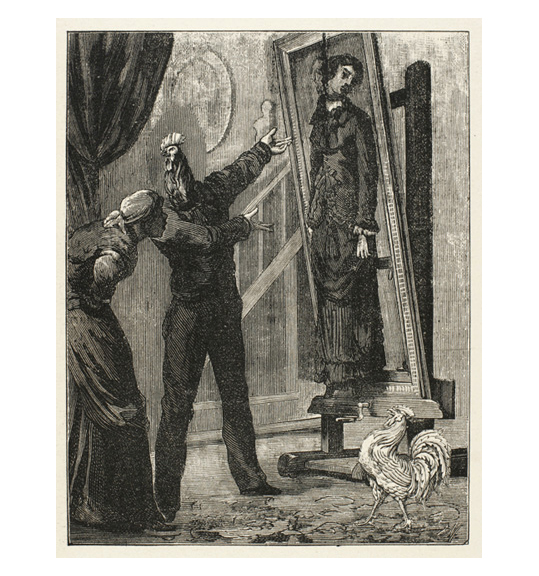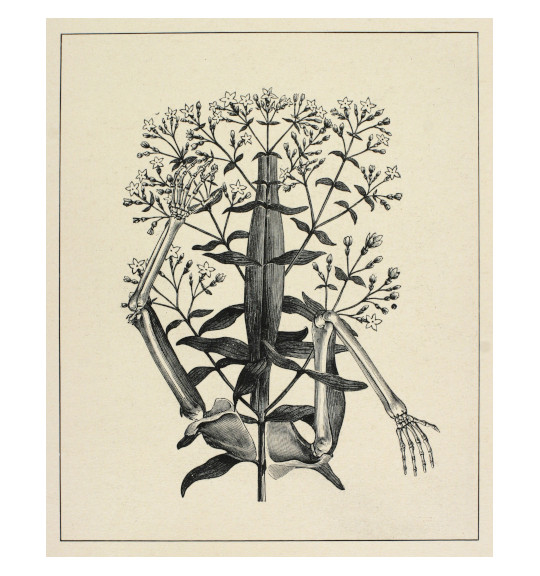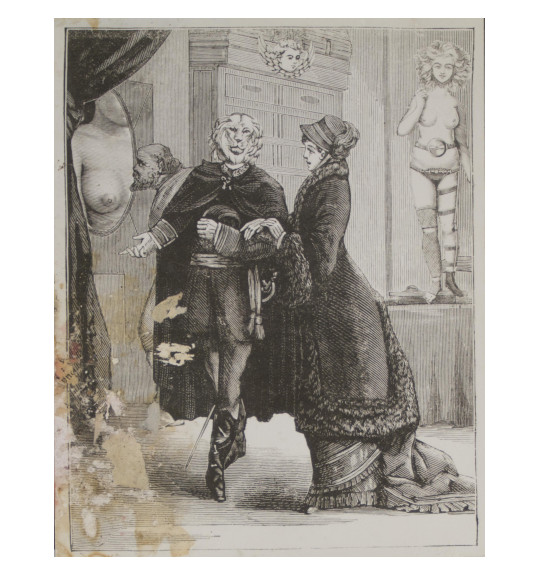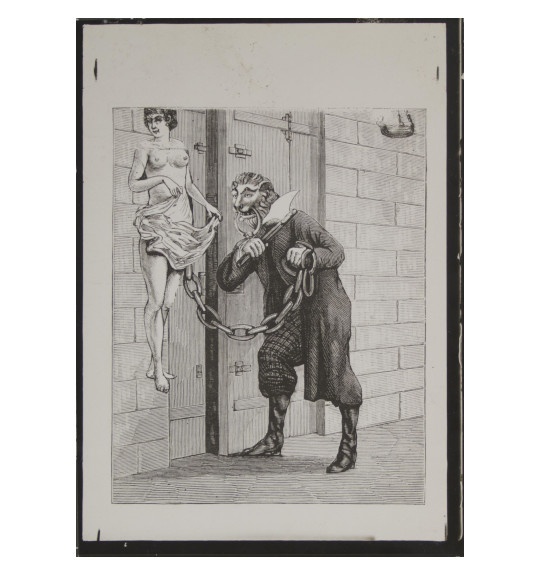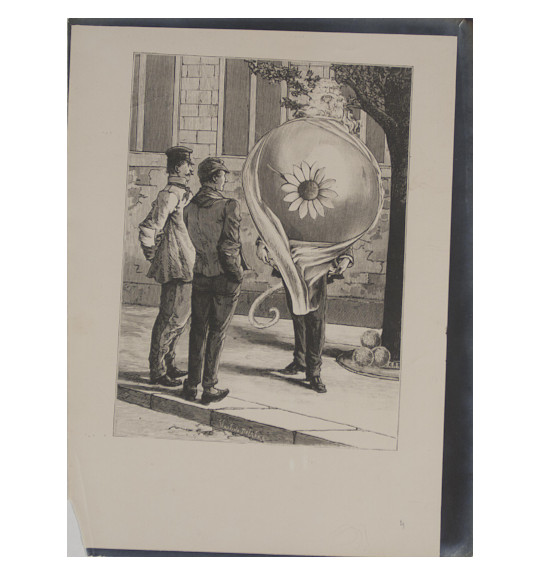MAX ERNST
Une Semaine de bonté: Photographs & Ephemera, 1933 – 1934
April 5, 2023 - September 22, 2023
Ubu Gallery announces an exhibition which explores Max Ernst’s creation of “Une Semaine de bonté ou les septs éléments capitaux” [“A Week of Kindness or the Seven Deadly Elements”], a collage novel and artist’s book published by Jeanne Bucher in Paris in 1934. Spanning five volumes, the finished publication comprises 182 images (173 collages and 9 drawings) created by cutting up and reorganizing illustrations from Victorian encyclopedias, natural history journals, pulp novels and mail-order catalogs.
Ernst completed “Une Semaine de bonté” in a breathtaking three weeks during a visit to Vigoleno in Italy in 1933. Working with ardor and brilliant creativity, he repurposed a certain number of woodcuts from popular illustrated novels, natural science journals and even commercial sales catalogs from the 19th century. These engravings form the basis for his collages, creating an illustrated story without text, made of images which straddle fairy tales, snippets of dreams, mythological allegories and nightmares, all of which oscillate between humor, violence, catastrophe and absurdity. They achieve such quality and complexity of composition that one must carefully scrutinize them to distinguish Ernst’s additions to the initial engravings. A few of Ernst’s sources have been positively identified. These include illustrations from an 1883 novel by Jules Mary, “Les Damnées de Paris” (“The Damned of Paris”), and a volume of works by Gustave Doré. The completed novel was first published in a limited edition of 816 copies of each of the five pamphlets. It has been postulated by scholars that Ernst hampered access to his originals, anxious to erase the traces of his interventions and his sources.
The five volumes are actually divided into seven sections named after the days of the week and begin with Sunday. Each day corresponds to an “element” and an “example.” Ernst had originally intended to publish the book in seven volumes. The first four publications did not, however, achieve the success that had been anticipated. Therefore, the three remaining days of the week were compressed into a fifth and final volume.
The seven sections have distinct themes that unite the images within. In Sunday, the “element” is “mud” and Ernst’s “example” for this element is “the Lion of Belfort.” Consequently, this section features numerous characters with lion heads.The cover of this volume is violet. The element, as well as the example, of the next section, Monday, is “water,” which is presented in either its natural setting or flowing inside bedrooms, dining rooms and other interior spaces. Some of the characters are able to walk on water, while others drown. The cover of this volume is green. The element associated with Tuesday is “fire” and the example is “the dragon court.” As such, most of the images feature fantastic lizards or monstrous reptiles. The cover of this volume is red. The element of the last of the large sections, Wednesday, is “blood” and the example is “Oedipus.” This section contains numerous images of bird-men, hybrid characters that Ernst developed and explored in great detail and one of which he adopted as his alter ego, “Loplop” (more formally “Loplop, Bird Superior”). The cover of this volume is blue. The element of Thursday, “black,” has two examples instead of one: the first, “the rooster’s laughter,” is illustrated with more images of bird-men, while the second, Easter Island, is illustrated with images portraying characters with Moai heads. The element of Friday, the most abstract section of the entire book, is “sight” and the example is “inside view.” This section contains various images that resist categorization, including collages of human bones and plants, one of which was used for the cardboard slipcase that was meant to house all five volumes of the completed work. The final section of the book, Saturday, is given the element “unknown” and the example is “the key of songs.” Once again, the images are not easily categorized. This section, and with it the book, ends with several images of toppling or plummeting women. The sections Thursday, Friday and Saturday are grouped in one volume, the cover of which is yellow.
The recurrence of characters throughout the book suggests continuity, while the heterogeneity of circumstances, settings and situations evoke ruin. Ernst further complicates this “narrative logic” by arranging, within the images, elements of later or earlier illustrations of the same story using, to do this, mirrors and paintings that appear in the sets as receptacles or screens. This “picture in picture” reflects the near past or the future. From then on, the temporal dimension of these images is dramatically altered: the couple have just met, but the mirror already reflects the rape which will occur later. Or Ernst provides a detailed close-up from another angle of an overall scene.
What enhances this “doubling” is the intervention, within the images themselves, of an added character, the animalization of another, and/or the substitution of a head, a gesture, a decor… Where two protagonists are confronting or embracing, Ernst introduces a third party who intervenes, haunts or disturbs the setting, often that of a bourgeois interior. Behind a half-open door, a furious wave now roars, a naked woman is hung on a wall, a corpse lies behind a piece of furniture, improbable reptiles or invertebrates undulate and insinuate themselves, convulsive or frightened figures are placed in levitation or in free fall…
Ubu Gallery recently acquired 87 vintage photographs made directly from the original collages under the supervision of Max Ernst and which were used to make the reproductions in the 1934 book. Ubu is exhibiting a number of these photographs, including two of collages which were not included in the 182 reproductions in the final book, as well as the five volumes themselves. Also on view are some original printed pages for the book which were never bound into one of the copies. Some later editions of the book are presented as well.
Resources
Exhibition Checklist- Hanging Works
Exhibition Checklist- Display Cases
SELECTED WORKS FROM THE EXHIBITION
